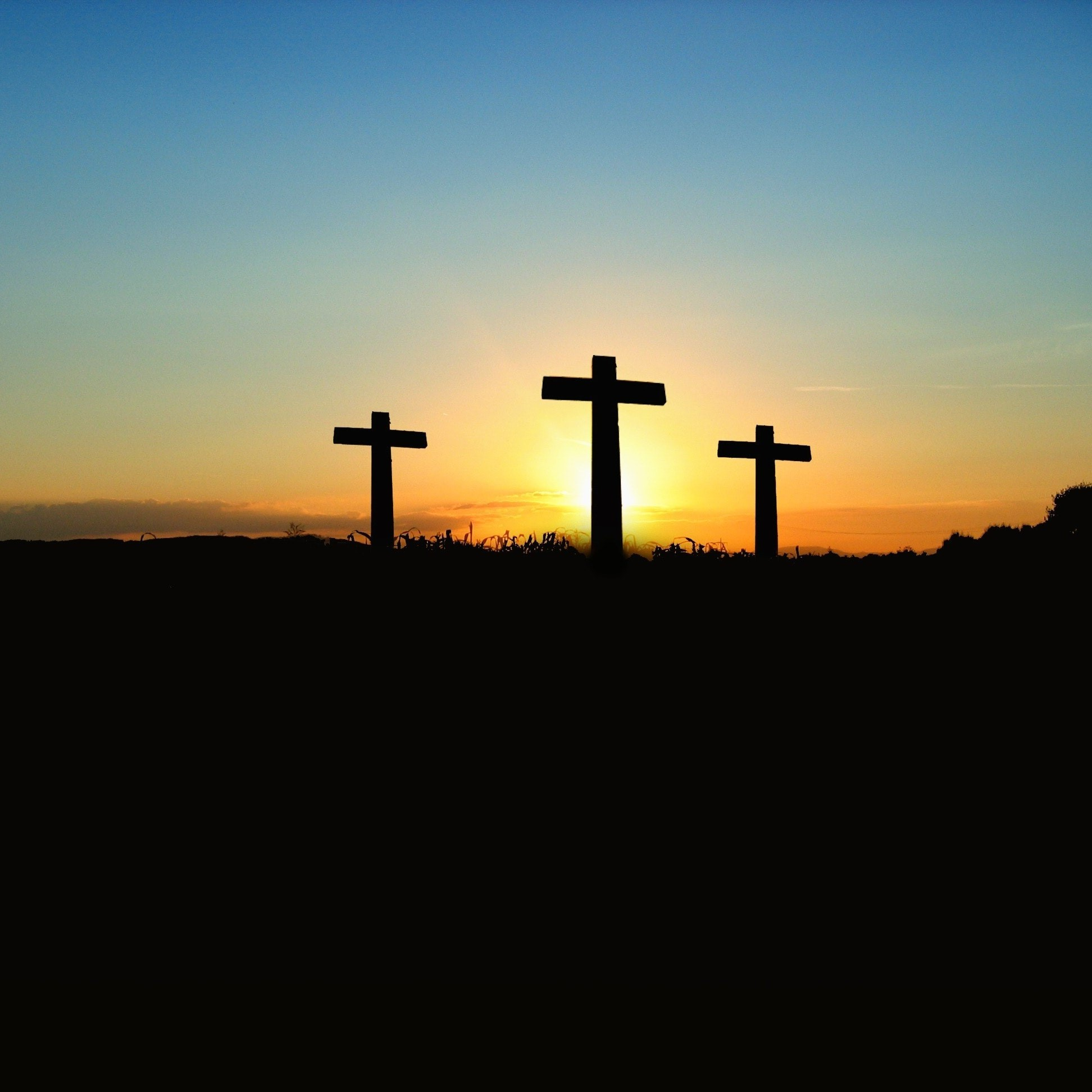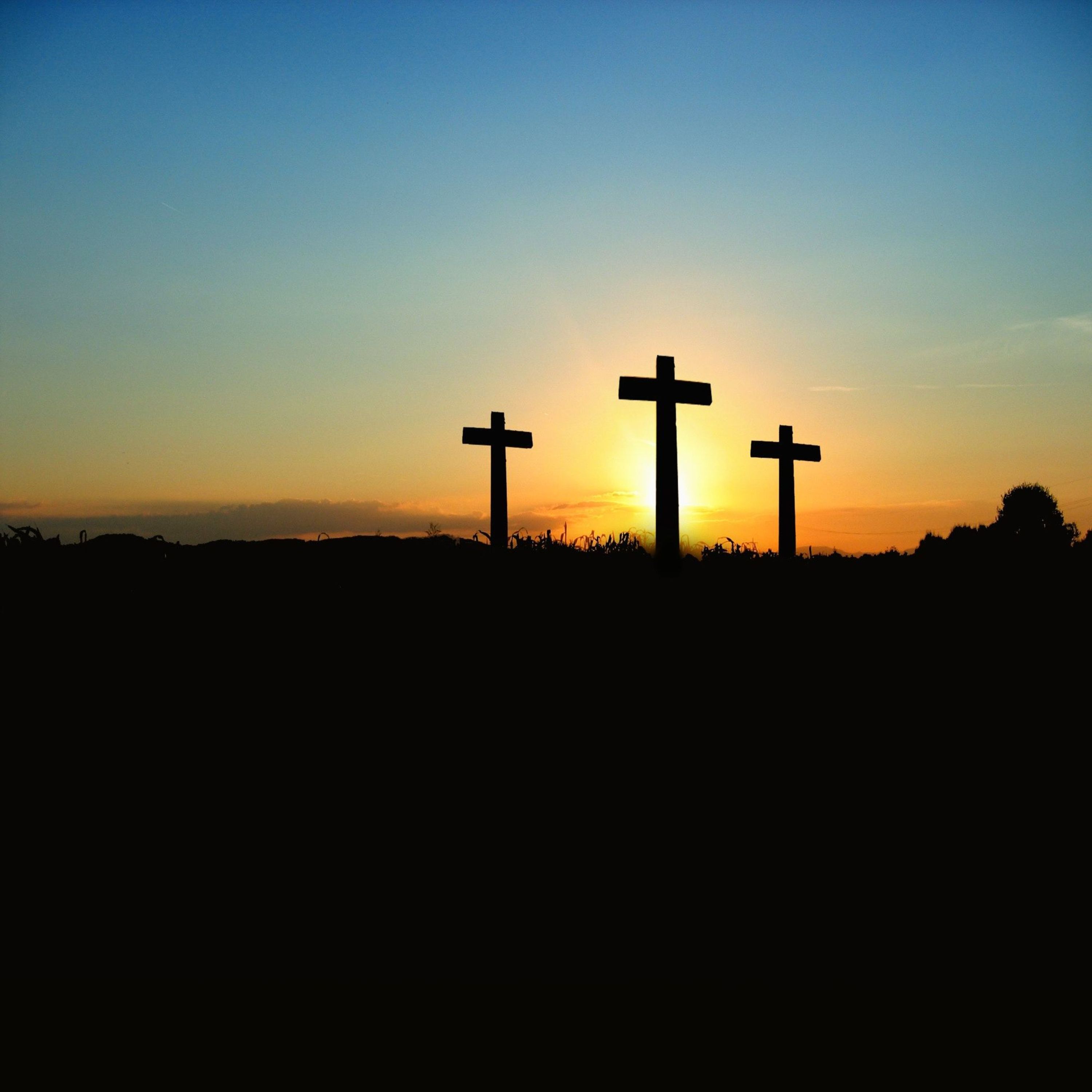The David Spoon Experience 10-3-23 part 1
A) Here comes another parable. Remember, a parable is a story used to communicate a point or an objective. This parable is about yeast. Wait, Dave, are you saying Jesus directed his teachings towards women? Yes, yes, and yes. Jesus was the first teacher to direct his truths toward every class and gender. In truth, Jesus was the one who brought the greatest sense of commonality to humanity.
B) 13:33 Jesus uses the metaphor of leaven, which usually has a negative connotation in Scripture (cf. 16:6; 1 Cor. 5:6–7), to symbolize the positive, hidden permeation of the kingdom of heaven in this world. The kingdom is indeed active though not fully visible to the world, because it begins with an inner transformation of the heart. Three measures was probably about 50 pounds (39 liters) and would have produced enough bread to feed a hundred people.[1]
C) Now, we move into the explanation of the parable of the wheat and the tares. It’s a parable, so can it stand up against the narrative of a pretribulation rapture? Nope. Not entirely. But it does help others understand that not every theological system is perfect. Yep. And the reality is that if one were arguing for the events of the “End Times,” this could not quickly be dismissed. But Dave, it’s a parable. So is "one will remain, and one will be taken". Ouch.
D) This is key, as far as this Jewish Christian is concerned. God has made it clear that there will be an inevitable distinction between the sheep and the goats. Let’s make this clear: Animals will grow more discontent. And the division between people will increase. And there will be more separation between the people of God and the people of the world. This will not be political. It will be between the children of God and those who are not children of God.
[1] Crossway Bibles. 2008. The ESV Study Bible. Wheaton, IL: Crossway Bibles.




